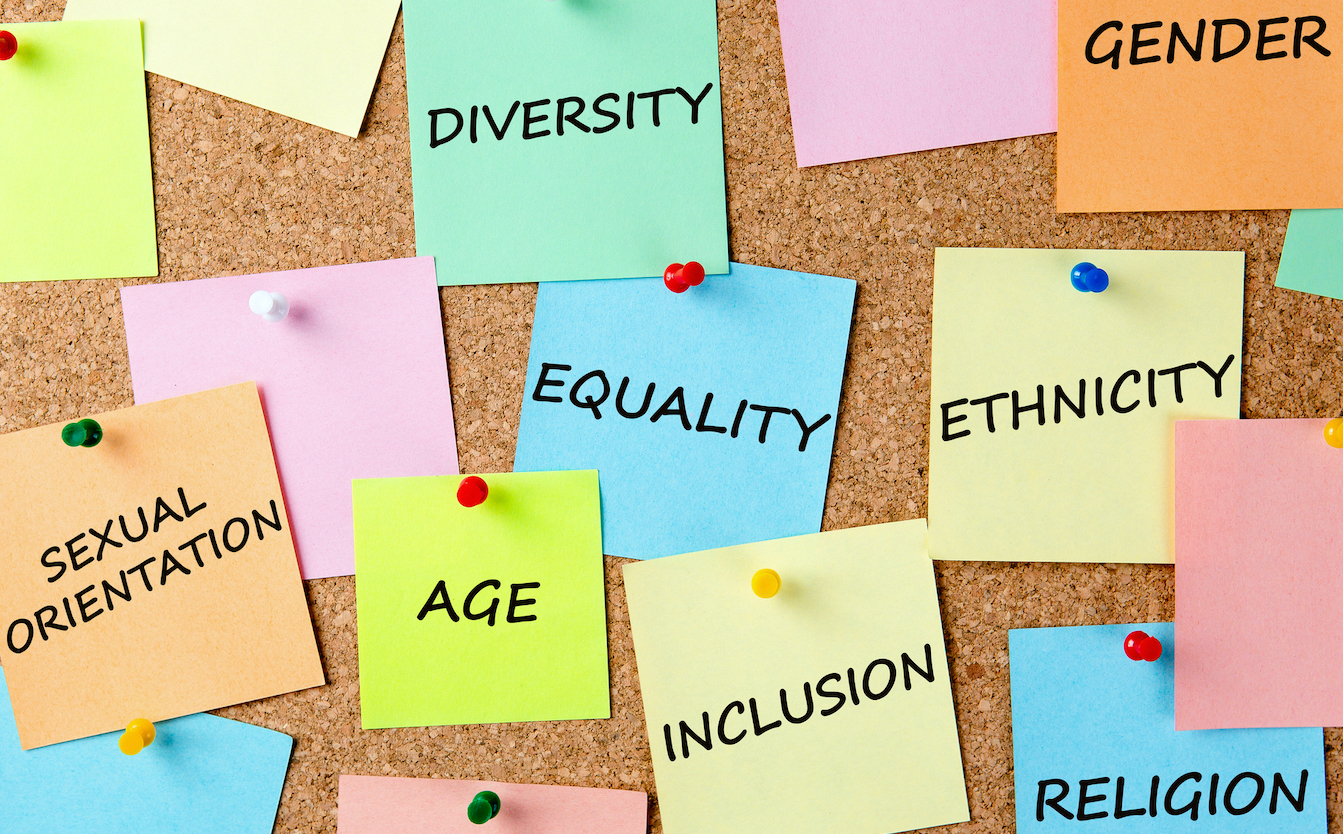
How to be an inclusive employer
Six key questions to determine whether your business is really inclusive – and what to do if it’s not
Many companies believe themselves to be inclusive or diverse, but the reality can be very different.
Having worked with many professionals, the majority ask me the same question: "How do I learn to build an inclusive work culture?"
So, here are my six questions to determine whether or not you are inclusive – and if not, how to fix it.
1. Leadership – who’s your champion?
Leadership is key to success with equality, diversity, and inclusion (EDI). Does your company advocate for EDI at the highest level? If not, why not?
If ‘the culture of any organisation is shaped by the worst behaviours a leader is willing to tolerate’, then the culture of any organisation can be shaped by the best behaviours leaders are willing to demonstrate.
Introspection, of the most senior leaders, around how they are advocating for inclusive change and the actual outcomes they would like to see is crucial in determining the direction of the work.
2. Do you have an EDI policy, and do you have a strategy for implementation?
Promoting and delivering EDI is the cornerstone of effective people management. By fostering inclusive workplaces, we empower all individuals to feel safe, valued and capable of reaching their full potential.
Attracting a wider talent pool is a continuous process, and your recruitment methods need to follow an inclusive process if you want your business to be representative
Inclusive policies are a set of common rules and regulations that form a base to support day-to-day decisions, which are consciously created, implemented and enforced to mitigate bias.
An inclusive organisational strategy is a plan of action to achieve goals that address systemic discrimination. It involves making decisions and taking actions that align resources, capabilities and activities to promote equitable outcomes.
These are thoughtful considerations here and you probably need to do an audit first to check where you are.
3. Do your inclusive policies look at recruitment?
Attracting a wider talent pool is a continuous process, and your recruitment methods need to follow an inclusive process if you want your business to be representative.
Ask yourself whether your job descriptions mention EDI and what the company culture is like. If you use a recruitment agency, how do they feel about EDI? And what is their understanding of it?
Inclusive recruitment is attracting, sourcing, assessing, selecting and employing people with knowledge, skills and abilities, in order to meet business objectives and budget, with procedures that mitigate unhelpful bias at every stage of this process to ensure equitable outcomes.
If you’re not certain you do all of this, it’s time to revisit your approach.
4. Do you BAME-wash?
Have you heard of this? No? BAME is the now-defunct term for black, Asian and minority ethnic and is defined as all ethnic groups except white ethnic groups.
Tokenism is the enemy of inclusion. If you are going to create a truly inclusive workforce, then don’t just do it for show
BAME-washing refers to companies using individuals from ethnic minority backgrounds in a tokenistic way to boost EDI credentials. We don’t use the term BAME in racial justice work any more, and this use highlights how unacceptable it is.
How can you tell whether you are BAME-washing? Well, look at it this way: are you platforming people based on merit? Or are you using them for window-dressing because they are from a discriminated-against background?
Tokenism is the enemy of inclusion. If you are going to create a truly inclusive workforce, then don’t just do it for show.
5. Do you measure up when it comes to tracking data?
Data is essential to track progress. If your company regularly enters awards, you may come across a question that asks you about EDI. How do you answer it? Do you have measurable goals and plans to collect data?
If you haven’t already done so, be transparent, evaluate your business or team’s EDI priorities and think about how you plan to collect and use the data. Track your progress and be transparent about the results.
6. How intelligent are you…culturally, that is?
Cultural intelligence (CQ) is the ability to work effectively across difference. It’s a learnable skill where you are motivated, have knowledge, strategise and act adaptively when faced with difference.
Individuals with a high CQ excel in cross-cultural interactions and can navigate diverse cultures.
You can improve your CQ by asking yourself four questions: have you got drive (interest and confidence in working with others); knowledge (understanding cultural similarities and differences); strategy (planning for intercultural interactions); and do you take action to put processes in place?
Creating an inclusive workforce has been proven to not just have advantages for the wellbeing of your staff but can also help commercially.
Put simply, a happy workforce is more productive, engaged and imaginative. Creating an inclusive space is process-driven, not intuitive – and for that employers need to follow a few golden rules.
Marsha Ramroop is an inclusion strategist, former director of inclusion at the Royal Institute of British Architects, and author of Building Inclusion: A Practical Guide to EDI in Architecture and Built Environment.
Comments
Comments are closed.







Yet another ‘salami slice’ into British culture!